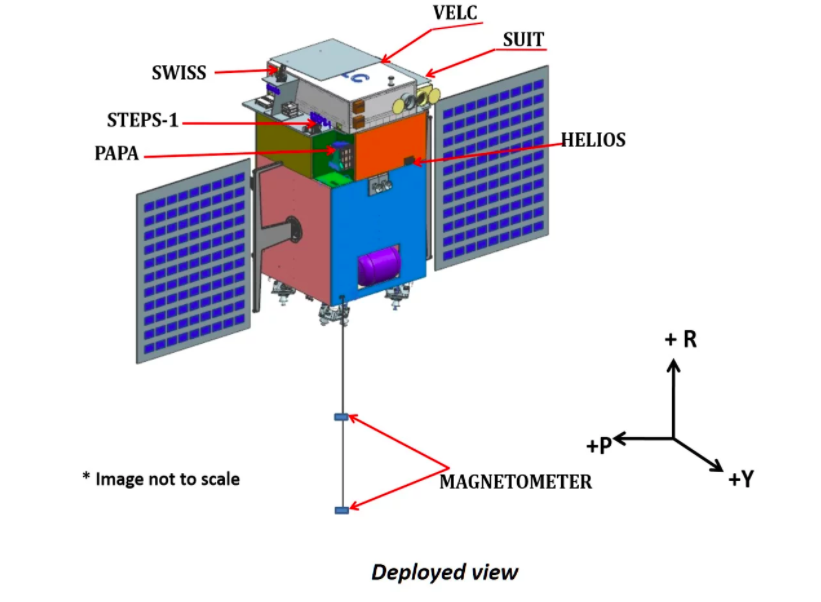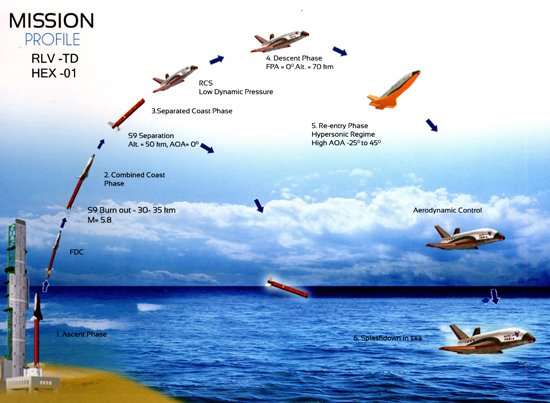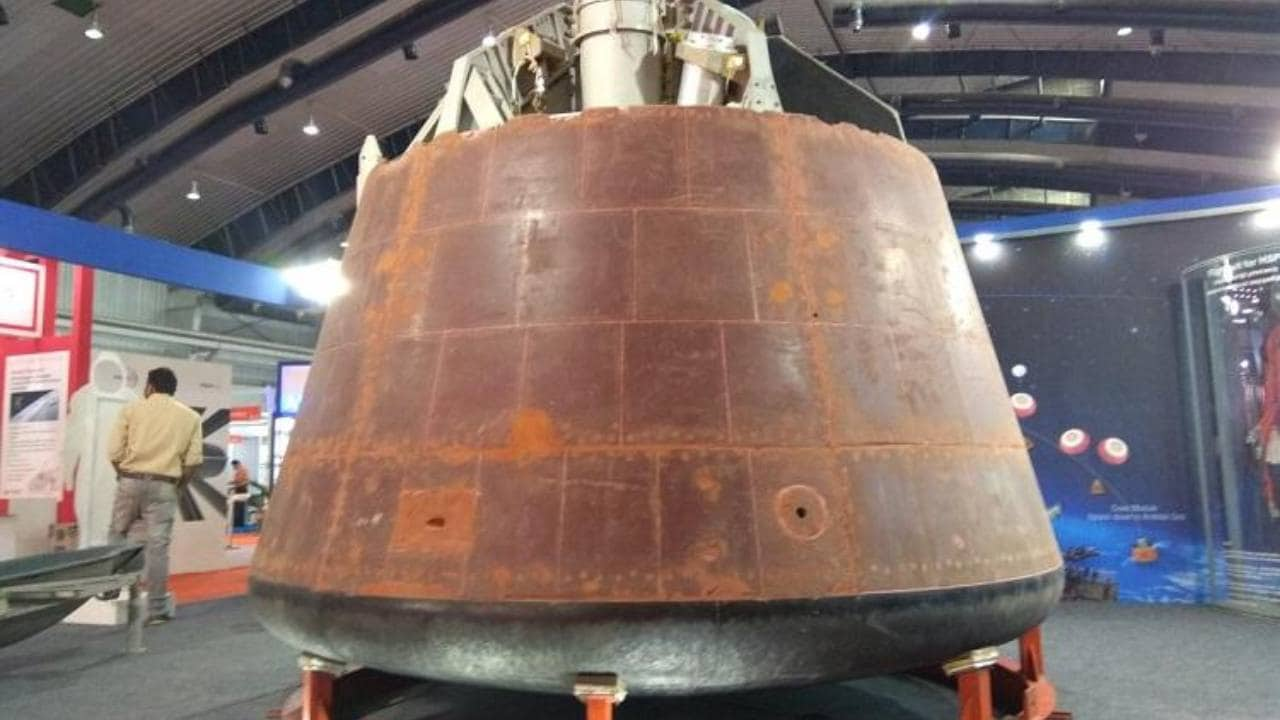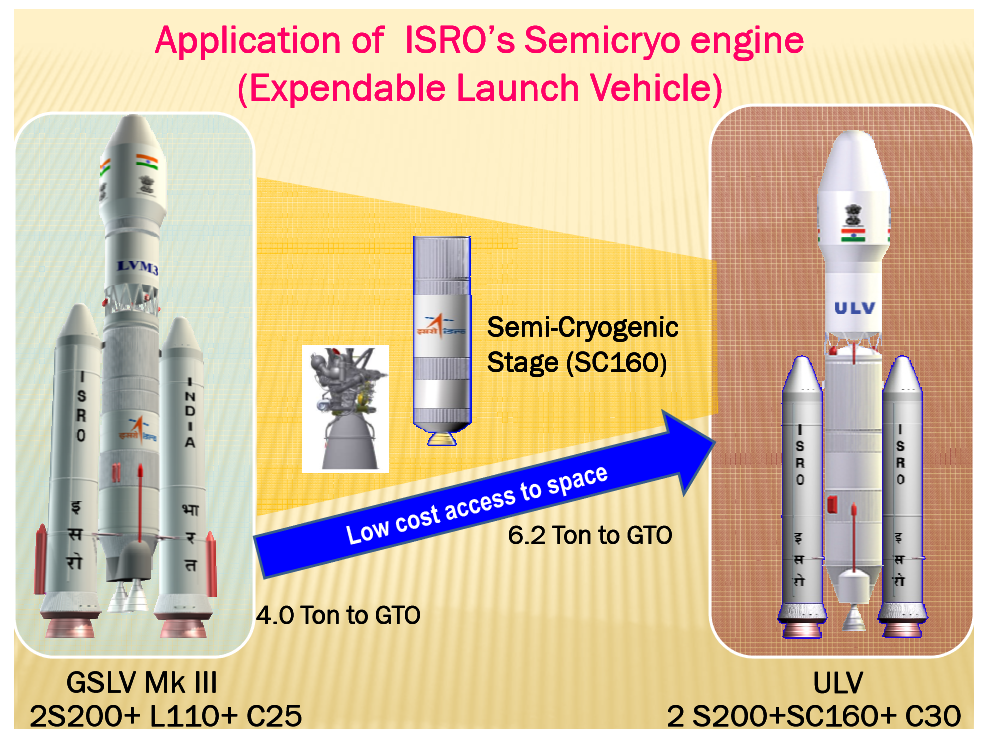What are the top upcoming projects from ISRO?
Saturday, September 7, 2019
Exactly a year ago on this day Indian Space Research Organisation (ISRO) captured the entire world’s attention with successful launch of a record 104 satellites. Now, after a splendid year in 2017, it is all set to begin 2018 with a bang. In fact, it already did when on January 12 its old warhorse Polar Satellite Launch Vehicle, in its 42nd flight (PSLV-C40), successfully launched the 710 kg Cartosat-2 Series Satellite for earth observation and 30 co-passenger satellites together weighing about 613 kg at lift-off. From landing a rover on Moon, to doubling the number of PSLV launches to launching one satellite per month, ISRO has set an ambitious target for itself in 2018. Here is a list of top upcoming projects from ISRO in times to come.
nterestingly, it has temperatures over a million degree Kelvin — far higher than the surface of the Sun (6000 degrees Kelvin). How the corona gets heated to such high temperatures is still an unanswered question in solar physics, and something NASA's Parker probe is currently exploring. ISRO's Aditya L-1 will also soon follow suit and study this astrophysical mystery.
The technology, when developed completely, would launch spacecraft, including satellites, into space and re-enter the earth’s atmosphere withstanding extreme pressure and heat conditions and land in an intended spot, helping to cut costs on launch vehicles substantially.
In the next phase, it is proposed to design and develop scaled-up version of RLV and carryout an orbital re-entry experiment. The landing site has been identified for configuring landing runway with land based navigational aids for an autonomous descent and land experiment. For unmanned landing, land based navigational aids and associated systems have to be established.
"The Moon is a good candidate as a staging point for carrying out our deep space human spaceflight missions, and Chandrayaan-2 will assess the suitability of the Moon for such activities," Chairman K Sivan said in an interview to Current Science.
ISRO will also soon initiate a space robotics programme to look at the possibility of an Indian robot on the Moon, he added. With the first mission in the program featuring an Orbiter and the second featuring a soft lander and rover, it sure is interesting to consider what India's third lunar mission might bring to the table. Could Chandrayaan-3 be the mission to put an Indian robot on the Moon?
ISRO intends to send an orbiter mission to study the atmosphere of Venus, which is made up primarily of carbon dioxide. The Shukrayaan mission will study the dense, hot atmosphere of Venus and the planet's surface using a probe.
The satellite configuration and payloads on Shukrayaan-1 are yet to be finalised. But the science objectives that will feed the design of the spacecraft are The "super-rotation" of the Venusian atmosphere and how it interacts with solar radiation and solar wind are also among the mission's science objectives, according to an ISRO release.
Aditya L1 mission
The Aditya-L1 mission is ISRO's first planned probe to study the Sun's corona and its atmosphere. It is expected to launch during 2019–2020 on a PSLV rocket from Sriharikota. The corona is the outer layer of the Sun, which extends thousands of km above the visible disc around it.nterestingly, it has temperatures over a million degree Kelvin — far higher than the surface of the Sun (6000 degrees Kelvin). How the corona gets heated to such high temperatures is still an unanswered question in solar physics, and something NASA's Parker probe is currently exploring. ISRO's Aditya L-1 will also soon follow suit and study this astrophysical mystery.
Reusable Launch Vehicle
ISRO has already successfully tested its first winged-body aerospace vehicle in 2016. Once completed, the Reusable Launch Vehicle (RLV) own admissions is going to be a two stage to orbit system, like the Falcon 9. The 2016 RLV test demonstrated what is supposed to be the first stage. It takes off vertically using conventional rocket technology and once it reaches Mach 4, the supersonic combusting ramjet or Scramjet engines kick in to accelerate the vehicle to Mach 8–10. As opposed to a conventional rocket engine, a Scramjet engine collects air from the atmosphere at supersonic speeds, which then passes through the combustion chamber, where it will combust, expand and then be exhausted at supersonic speeds all in less than a millisecond.The technology, when developed completely, would launch spacecraft, including satellites, into space and re-enter the earth’s atmosphere withstanding extreme pressure and heat conditions and land in an intended spot, helping to cut costs on launch vehicles substantially.
In the next phase, it is proposed to design and develop scaled-up version of RLV and carryout an orbital re-entry experiment. The landing site has been identified for configuring landing runway with land based navigational aids for an autonomous descent and land experiment. For unmanned landing, land based navigational aids and associated systems have to be established.
Gaganyaan mission
In his 2018 Independence Day address, Prime Minister’s Narendra Modi announced that India will attempt to send astronauts to space on a spacecraft called the 'Gaganyaan' by 2022. The mission will make India only the fourth nation in the world to accomplish the feat if successful, he added. At Rs 10,000 crore, the Gaganyaan mission is India’s biggest space mission so far.
The Gaganyaan’s crew module to house astronauts, its life support systems to keep them alive in space, and the spacecraft's environmental-control systems have already been developed, and are being tested at a new facility opened by ISRO for human spaceflight missions. The mission is "highest priority" for ISRO in 2019, the space agency announced, with plans to have the first unmanned tests for the mission in December 2020 and second in July 2021. If these tests are successful, the manned mission will happen as planned in December 2021.
Human Spaceflight Project
ISRO human spaceflight missionThe objective of human spaceflight program is to undertake a human spaceflight mission to carry a crew of two to LEO and return them safely to a predefined destination on earth, and is proposed to be implemented in phases. With Russia, USA and China being the only countries to have successfully conducted human space flight program, ISRO is hoping to make India the fourth.
Critical technologies that are needed to undertake human spaceflight are crew module system, crew escape system and environmental control and life support system (ECLSS). The crew module was successfully flight tested in the GSLV-MkIII-X/CARE mission in December 2014. Various sub-systems of ECLSS, including thermal and humidity control system, CO2 and odor removal system and cabin pressure control system have been integrated into cabin environment simulation chamber simulating the crew cabin volume and integrated tests are in progress.
Mangalyaan-2 (Mars Orbiter Mission-2)
India's second mission to Mars, the Mars Orbiter-2, is another planned mission by the Indian Space Research Organisation (ISRO) between 2022 and 2023. The Mangalyaan-2 orbiter will use aerobraking to lower its initial apoapsis and enter into an orbit more suitable for observations.
India's ISRO and French CNES space agencies were intended as partners building the MOM-2 module by 2020, but by April 2018, France was not yet involved in the mission. In a sign of encouragement, the Indian government funded the MOM-2 mission in its 2017 budget proposal, leaving ISRO mulling over whether the best path is a MOM mission with an orbiter, lander and rover will be feasible or an orbiter alone with instruments more sophisticated than those on MOM-1 would be the way to go.
Semi-Cryogenic Project
After the much-celebrated launch of Falcon Heavy by SpaceX came the news that ISRO is also working on developing a super-heavy launcher that can carry payloads as heavy as 50 to 60 ton. “Right now, we are developing a semi-cryogenic engine, which was approved some time back. Next, we must propose [for funding approval] a full semi-cryogenic stage,” ISRO Chairman K Sivan said.
There is no clear time frame or cost estimate for it, but if approved, it would be a single, innovative, two-stage vehicle, which would cater to all demands. The present plan is to try out the semi-cryo stage at the core of MkIII in place of its liquid fuel engine, without changing the design. This would raise its muscle power 50% — from four to six ton. Gradually this would be enhanced to 10 ton and eventually 50 to 60 ton. This would be done by developing a modular super vehicle with many additions or strap-ons built around the main structure. Falcon Heavy used a similar tactic, according to Dr Sivan, who oversaw preliminary semi-cryo related works while he was ISRO’s propulsion head until recently.
The project envisages the design and development of a 2000 kN semi-cryogenic engine for a future heavy-lift launch vehicle. The semi-cryo engine development has moved from design and hardware realization phase to testing and verification phase, and most of the hardware are in the advanced stage of completion. Integrated engine test facility for testing the engine is under construction.
Chandrayaan-3 mission
While the second mission in the Chandrayaan (India's lunar exploration) programme is still underway, K Sivan already announced that the third mission in the series will also be carried out in the coming decade. The Chandrayaan program was always intended as a multi-mission space programme."The Moon is a good candidate as a staging point for carrying out our deep space human spaceflight missions, and Chandrayaan-2 will assess the suitability of the Moon for such activities," Chairman K Sivan said in an interview to Current Science.
ISRO will also soon initiate a space robotics programme to look at the possibility of an Indian robot on the Moon, he added. With the first mission in the program featuring an Orbiter and the second featuring a soft lander and rover, it sure is interesting to consider what India's third lunar mission might bring to the table. Could Chandrayaan-3 be the mission to put an Indian robot on the Moon?
Shukrayaan mission to Venus
Our neighbouring planet Venus is often described as Earth's 'twin sister' due to similarities in their sizes, densities, composition and gravity. Some theories suggest both planets share a common origin, forming at the same time from the same condensing swirl of gas and dust all those 4.5 billion years ago. Being 30 percent closer to the Sun than the Earth, Venus has a much higher exposure to solar radiation, effects of solar flares and other solar phenomena, which makes it an object of interest for ISRO to study.ISRO intends to send an orbiter mission to study the atmosphere of Venus, which is made up primarily of carbon dioxide. The Shukrayaan mission will study the dense, hot atmosphere of Venus and the planet's surface using a probe.
The satellite configuration and payloads on Shukrayaan-1 are yet to be finalised. But the science objectives that will feed the design of the spacecraft are The "super-rotation" of the Venusian atmosphere and how it interacts with solar radiation and solar wind are also among the mission's science objectives, according to an ISRO release.
EXPOSat Planetary exploration
The EXPOSat mission appears to be a follow-up to the AstroSAT mission, ISRO's multi-wavelength X-ray astronomy observatory studying X-ray sources in the universe. Considering the great success of AstroSAT, the EXPOSat mission will further explore X-rays in the universe — specifically, the polarisation of bright X-ray sources in our universe.
Previous article
Next article






